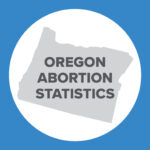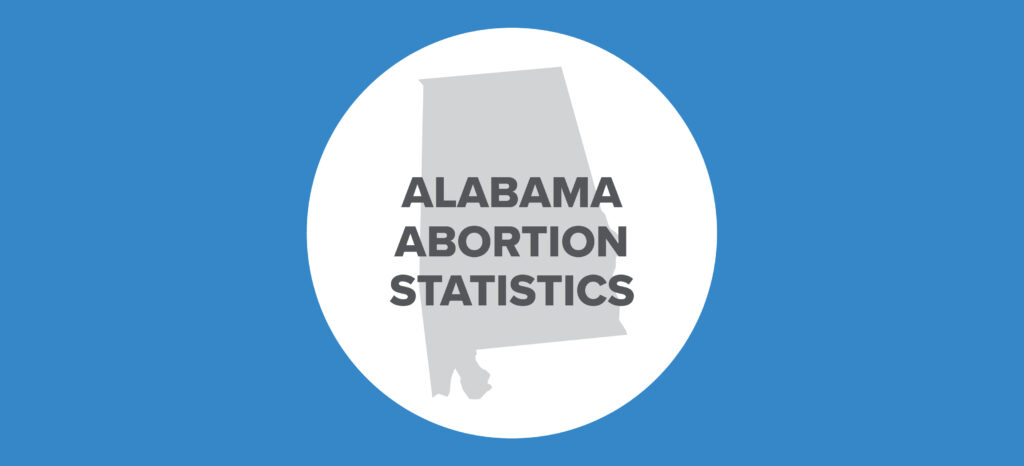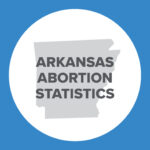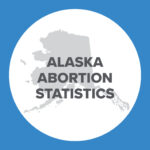Abortion Reporting: Colorado (2021)
Colorado’s 2021 abortion report was published online by the Colorado Department of Public Health and Environment in May 2022. The report shows that abortions increased from 2020. This is the second state summary from Charlotte Lozier Institute covering calendar year 2021 from states that publish annual reports.
Statistics and Changes in Colorado Abortions, 2020-2021

The abortion report does not include information on Planned Parenthood’s Colorado abortion market share.
Abortion Totals and Trends
There were 11,580 abortions in Colorado in 2021, up 17 percent from the previous year. Chemical abortions increased by 15 percent to 7,430 in 2021, making up 64 percent of the total (Fig. 1). The Charlotte Lozier Institute estimates that Colorado’s state abortion rate was 9.7 abortions per 1,000 women ages 15 to 44, an increase of 16 percent from 2020 (Fig. 2). As of October 2022, 19 states had released 2021 abortion statistics, with 14 states showing that abortions had increased from 2020. Colorado’s 2021 report notes that duplicate records for 2020 were identified and removed from the 2020 total, so 2020 abortion numbers have changed from those included in CLI’s previous summary.
State Report Summary
In 2021, 86 percent of the abortions reported in Colorado were performed on state residents, while 13 percent were obtained by women from other states, including four percent on Wyoming residents and three percent on women from Texas. Not quite one percent of Colorado abortions were performed on women whose state of residence was not reported.
Ten percent of the abortions reported in Colorado were performed on girls under the age of 20, including three percent on girls under the age of 18. Twenty-nine percent were obtained by women ages 20 to 24, and 28 percent were on women ages 25 to 29. Thirty percent were performed on women in their thirties, and three percent were on women ages 40 and older.
Nearly half of the abortions were reported to have been performed on non-Hispanic white women (49 percent). Three percent were performed on white Hispanic women, and nine percent were performed on black women; the report does not differentiate between abortions performed on Hispanic and non-Hispanic black women. Five percent of Colorado abortions were reported to be performed on women of other races. However, race was not reported for 35 percent of the abortions.
Three-quarters of Colorado abortions were performed on unmarried women. Sixteen percent were on married women, and nine percent on women of unknown marital status. Seventy percent of the abortions reported in Colorado were performed on women who reported no previous abortions. A fifth were on women with one prior abortion, and nine percent were on women with two or more previous abortions. Fifty-eight percent of the abortions were obtained by women with no living children, compared to 18 percent on women with one child and 24 percent on women with two or more children. The number of previous abortions was reported for all but 0.4 percent, and the number of living children for all but 0.3 percent.
Chemical abortions made up nearly two-thirds (64 percent) of all abortions reported in Colorado. Twenty-six percent were suction curettage procedures, and three percent were performed via dilation and evacuation. There were three hysterotomy or hysterectomy abortions. One percent of Colorado abortions were performed using other, unspecified procedures, while six percent were performed using unreported methods. The numbers of intrauterine instillation and sharp curettage abortions were suppressed.
Seventy-four percent of the abortions were performed at eight weeks of gestation or earlier. Twelve percent occurred between nine and 10 weeks of gestation, while five percent were performed between 11 and 12 weeks. Three percent were reported between 13 and 15 weeks, and four percent were performed between 16 and 20 weeks of gestation. There were 170 abortions (1.5 percent) at 21 weeks of gestation or later: 33 abortions were performed at 21 weeks, 77 abortions from 22 to 24 weeks, 25 abortions between 25 and 27 weeks, and 35 abortions at 28 weeks of gestation and later. There were 35 abortions for which gestational age was not reported.
The vast majority of Colorado abortions (98 percent) occurred in doctor’s offices. Just 0.6 percent were performed in hospitals. The type of facility was not reported for two percent of the abortions.
Reproductive Health Equity Act
In 2022, Colorado passed the “Reproductive Health Equity Act” to establish a right to abortion in state law and strip unborn babies of all rights. Even prior to the enactment of the law, Colorado placed no limits on how late an abortion could be performed, and Colorado abortion centers have reported performing abortions very late in pregnancy (38 and 39 weeks). The new law makes Colorado’s permissive attitude toward abortion official.
State Ranking
In 2016, CLI published a paper reviewing abortion reporting across the country, and Colorado was ranked at 35th best. As CLI has previously recommended, Colorado could work to enforce its reporting requirements and ensure that all abortions occurring in the state are properly reported. The Guttmacher Institute’s 2020 estimate for Colorado, the most recent available, was 36 percent higher than Colorado’s corrected 2020 abortion total, indicating that abortions are going unreported. Now that chemical abortions, which have a complication rate much higher than surgical abortions, make up nearly two-thirds of all abortions reported in the state, Colorado could also require health care providers and emergency rooms to report abortion complications that they treat.

- Colorado’s 2020 abortion numbers have been updated from CLI’s previous summary. The Colorado Department of Public Health and Environment told CLI that the department discovered that several files had been imported multiple times and removed duplicates after comparing clinical and demographic details with the original reports submitted by abortion facilities. Totals for previous years were also adjusted slightly in the 2021 report.
- Rates were calculated by CLI using the following formula: (total number of abortions performed in Colorado ÷ number of resident women ages 15-44) x 1,000. Rates differ from previous CLI articles due to revised abortion numbers and population estimates. Population estimates were obtained from CDC WONDER.











